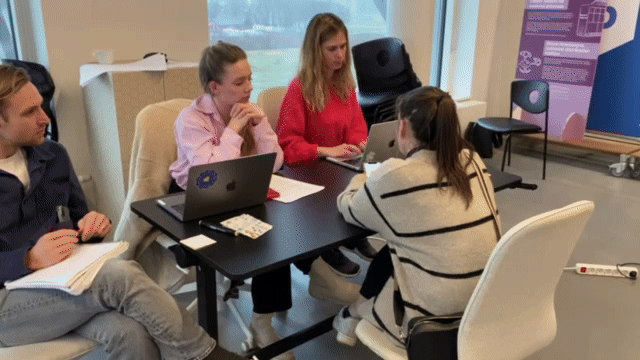WHERE DO YOU SPEND THE MOST ENERGY AT HOME?
IKEA Energy Insights: Using Behavioral Design to help people to lower their energy costs, and live sustainably
As part of IKEA’s mission to make sustainable living accessible, we identified an opportunity: helping people better understand + manage their home energy consumption.
As a UX Designer, my role was to bring users closer their energy, helping them decipher their electricity bills and make informed choices—all while integrating a new audience, the IKEA customer, into what was previously a tech-centric app, full of control, but no digital service that truly engages user.
The business goal (also shaped with user insights) was to provide user’s actionable insights on energy usage, integrate energy services into the IKEA Home Smart ecosystem, and create a new revenue stream by leveraging IKEA’s product range.
Screens from our IKEA Home smart app, live on App store. The data is reflecting the energy data from your household. User logs in with IKEA Family.
I played a strategic UX role in this project, leading a lot of the research, UX/UI design, and business alignment efforts to create impactful solutions, for example bringing three development teams together with design - and guiding teams to focus more on core user needs of the IKEA shopper as target group.
This project focused on long-term engagement around energy. The goal was to ensure that digital solutions not only provide information but also actively support users in making meaningful changes over time.
The result? We hope with the future users will manage their electricity agreements seamlessly alongside other smart products at home—bringing greater transparency, efficiency, and convenience to everyday life, all from a single, trusted platform.
🔗 Find the published Energy pages on IKEA web here. Link
BUSINESS OUTCOME
My UX contribution made our MOU (Monthly Active User’s) open rate go up by 50%, due to close iteration with user’s to meet their needs.
TEAM (IKEA HOME SMART)
Digital product owners, Architects, Designers, Developers, Researchers, Data scientists, Mechanical engineers, Industrial designers, Business Navigators at IKEA Home smart pshyical and digital range
SKILLS
UX Research, Strategy - Metrics & KPI setting, Sustainability, Prototyping, Agile process, Stakeholder Management, Journey Mapping, Storytelling.
ROLE
UX Design & Strategy 2024-2025



















